This far-reaching institutional reform is not only an administrative adjustment but also a revolution in management thinking, aiming to create a more efficient, transparent and dynamic Vietnam than ever before on the world map.
First time: Building independence and unity after the August Revolution of 1945
The first "reorganization of the country" took place right after the victory of the August Revolution in 1945. From a country divided by French colonialism into three regions with different regimes - the colonial South, the Central region with the populist Royalist regime, and the North under the direct control of the French Consul - Vietnam rose up.
The 1946 Constitution immediately abolished the three-regional distinction, unifying an S-shaped strip of land under the sole leadership and ownership of the Vietnamese people. This was a solid foundation for the long-term resistance war against French colonialism and American imperialism, culminating in the victory in 1975, completing the liberation and unification of the country, completely ending the centuries-long division.
Second time: Innovation, integration and remaining challenges
After 1975, especially after the defeat of the invasion of the northern border, Vietnam entered a second period of "reorganization of the country" with the 1980 Constitution, which was later adjusted through the 1992 and 2013 Constitutions. This period witnessed a strong transformation of the country through the Doi Moi process starting in 1986. Economic achievements have transformed Vietnam from a war-ravaged country into a leading dynamic economy in the region. Vietnam's GDP has increased more than 100 times in 50 years, from over 4 billion USD in 1975 to over 400 billion USD in 2024, a growth rate rarely seen in the world.
However, despite these achievements, Vietnam has never been complacent. Reality shows that after 2016, Vietnam's GDP growth rate only reached an average of 5.3%/year, lower than the average of 6.3%/year in 40 years of Doi Moi. This reveals institutional bottlenecks that need to be resolved. The cumbersome administrative system, especially the existence of the district level as an intermediate level, has reduced operational efficiency, making it difficult for central policies to reach the grassroots level. The separation and merger of provincial administrative units over the past three decades has also shown a lack of uniformity in criteria and goals, causing inadequacies in management and development.
The Third Time: The Historic Institutional Revolution of 2025
Not resting on its laurels, Vietnam is once again facing the need for a more extensive reform. 2025 is the time that cannot be delayed to carry out the third "reorganization of the country", a "great event" of historical significance. This is a comprehensive revolution in reorganizing the Party/State/ Fatherland Front system on the basis of renovating the structure of national territorial units.
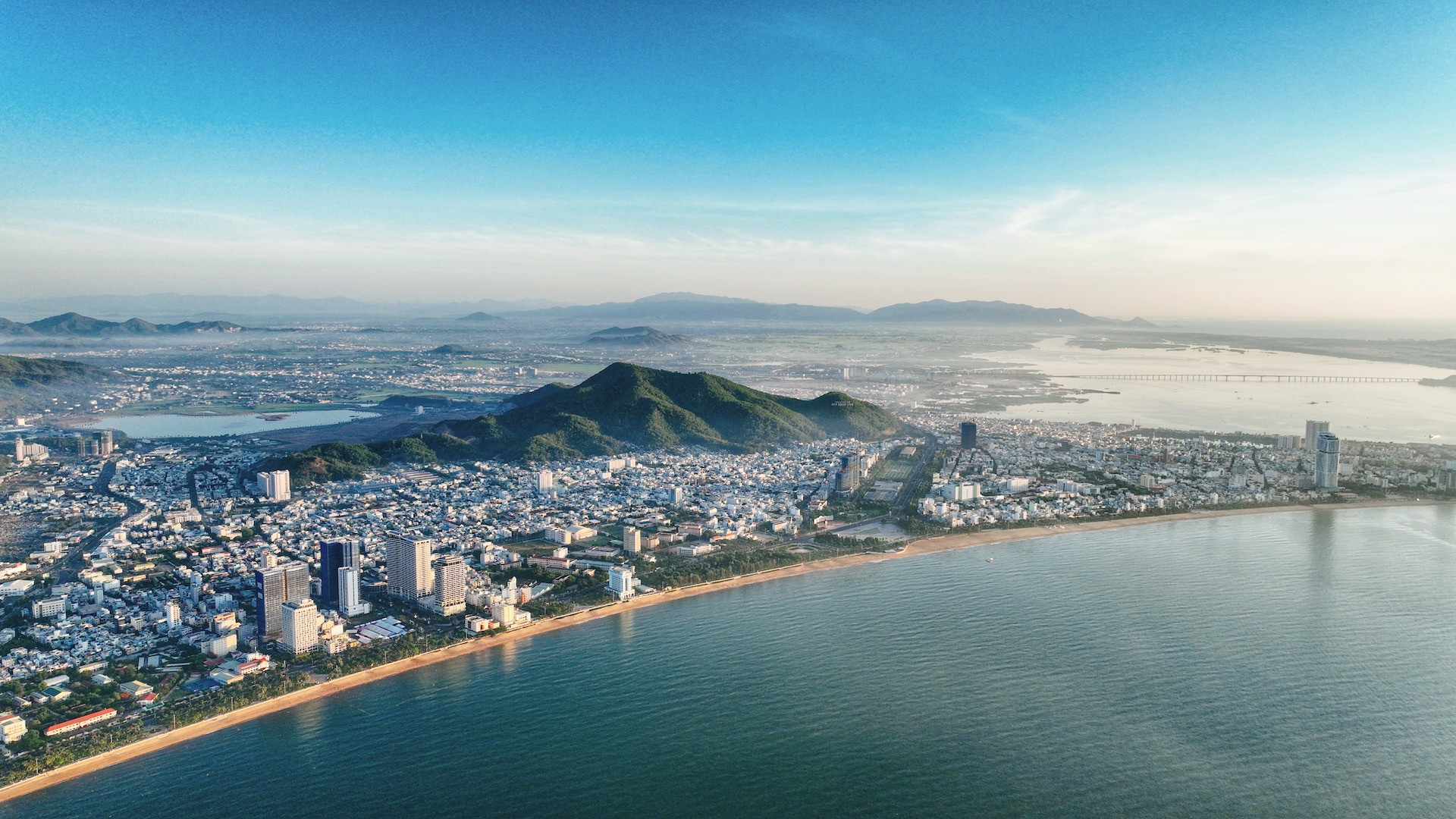
Vietnam is becoming an attractive destination for many heads of state, international delegations, and the world's leading businessmen and scholars. Photo: Hoang Ha
Groundbreaking changes include:
Resolutely eliminate the district level: This is one of the boldest decisions, ending the intermediate role of the district level. This not only helps to streamline the apparatus but also brings policies from the central level directly to the commune level, shortening the distance between the government apparatus and the people, improving service efficiency.
Streamlining provincial and communal administrative units: The number of provincial administrative units will be reduced from 63 to 34, and the number of communal units from over 80,000 to over 20,000. The merger and rearrangement of these units will create larger areas with sufficient potential in terms of area, population and economic structure for sustainable development.
Strong restructuring of the central apparatus: A series of Government member agencies were downsized, typically the merger of the two ministries of Planning and Investment and Finance - an issue that has been raised for a long time but has not been implemented. All 13 General Departments, 219 Departments, 519 Bureaus and more than 3,000 Sub-Departments have been dissolved, creating an unprecedentedly streamlined central administrative apparatus.
Streamlining the Party and mass organization system: Along with the administrative system, the Party apparatus has also been streamlined. District-level Party agencies no longer exist in the locality. At the central level, there are no more Party agencies that overlap with Government agencies, and all Party Executive Committees in the Ministries have been dissolved. The system of socio-political organizations has also been rearranged in the direction of being directly under the Fatherland Front, instead of being "under the same roof" as before, ensuring synchronization and efficiency in the entire political system.
This reform was carried out with a resolute spirit, not "feeling the water to cross the river" or "Hanoi is not in a hurry", but with the motto "The Central Government sets an example, the localities respond, the spirit of running and lining up at the same time". The determination of the Politburo spread to the will of the entire Party and people, creating a strong domestic spirit.
"Heavenly time - Earthly advantage - Human harmony" converge and the era of growth
The third "reorganization of the country" was not only carried out with internal determination but also coincided with the harmony and support from the international community. Vietnam is becoming an attractive destination for many heads of state, international delegations, and the world's leading businessmen and scholars. Visits, working sessions and signing of political, economic, cultural, scientific and social documents take place continuously with the satisfaction of both sides. In particular, diplomatic relations with the permanent members of the United Nations, the EU, ASEAN, BRICS, and the UAE are increasingly strengthened. Even stories such as Cuba's success in growing Vietnamese rice or Burkina Faso's national flag similar to the flag of the former National Liberation Front also show the spread and influence of Vietnam.
With the convergence of "heavenly time - favorable terrain - human harmony", this "rearrangement of the country" is expected to create a great driving force, helping Vietnam realize the development goals set for the 100th anniversary of the founding of the Socialist Republic of Vietnam (2045) and the 100th anniversary of the founding of the Communist Party of Vietnam (2030).
An era of strong growth, with a solid institutional foundation and a streamlined, efficient apparatus, has officially begun.
Vietnamnet.vn
Source: https://vietnamnet.vn/ba-lan-sap-xep-lai-giang-son-2420798.html



![[Photo] Images of the State-level preliminary rehearsal of the military parade at Ba Dinh Square](https://vphoto.vietnam.vn/thumb/1200x675/vietnam/resource/IMAGE/2025/8/27/807e4479c81f408ca16b916ba381b667)
![[Photo] Parade blocks pass through Hang Khay-Trang Tien during the preliminary rehearsal](https://vphoto.vietnam.vn/thumb/1200x675/vietnam/resource/IMAGE/2025/8/27/456962fff72d40269327ac1d01426969)
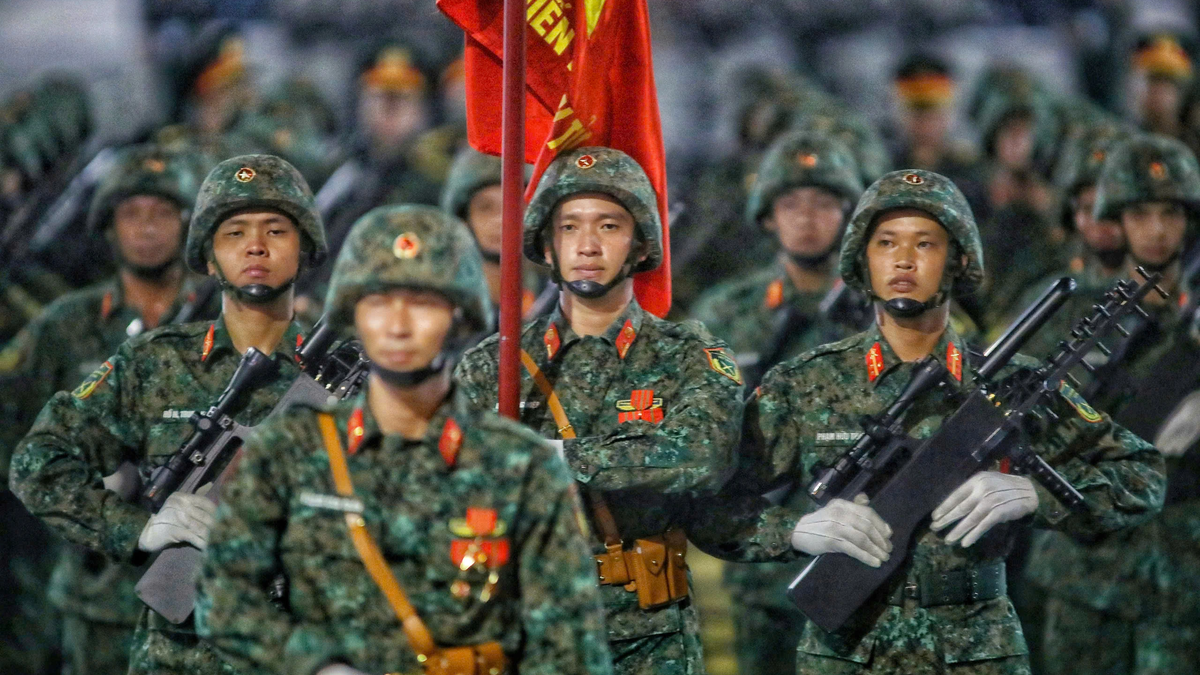
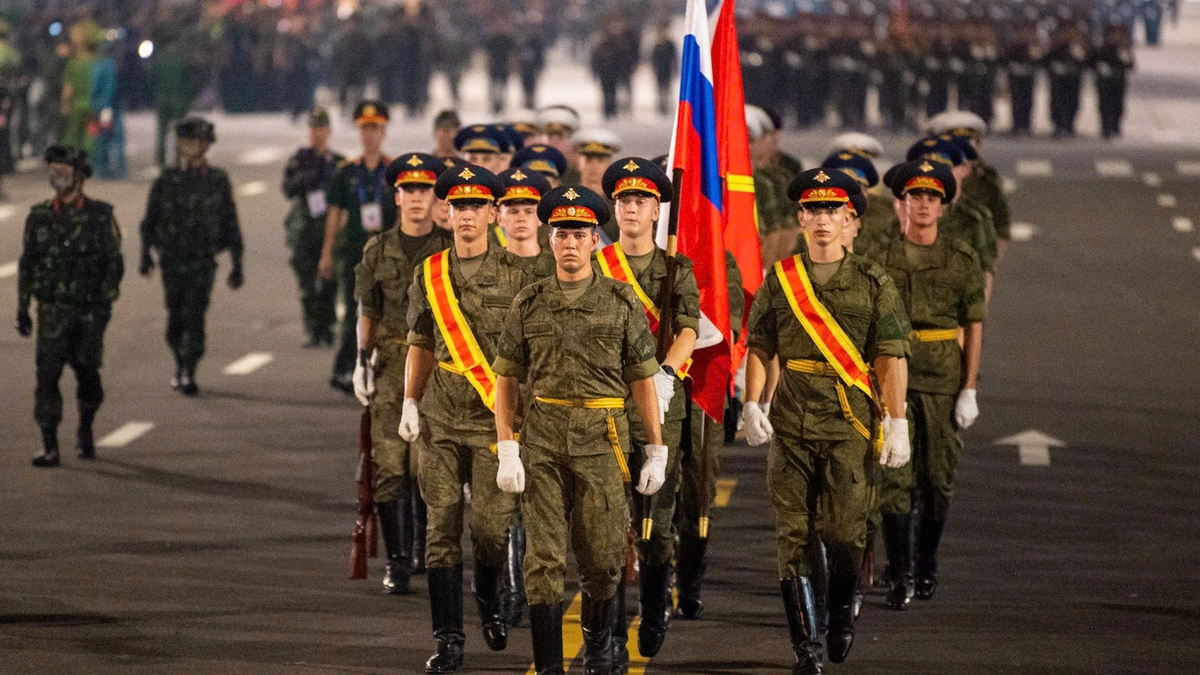
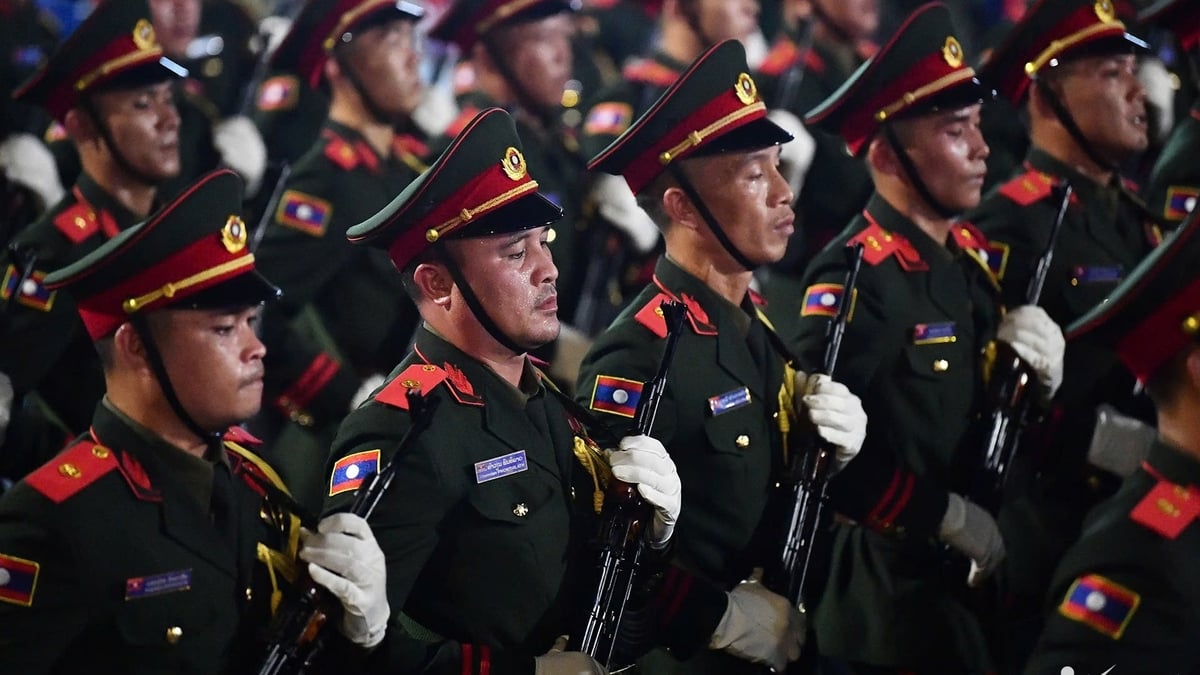
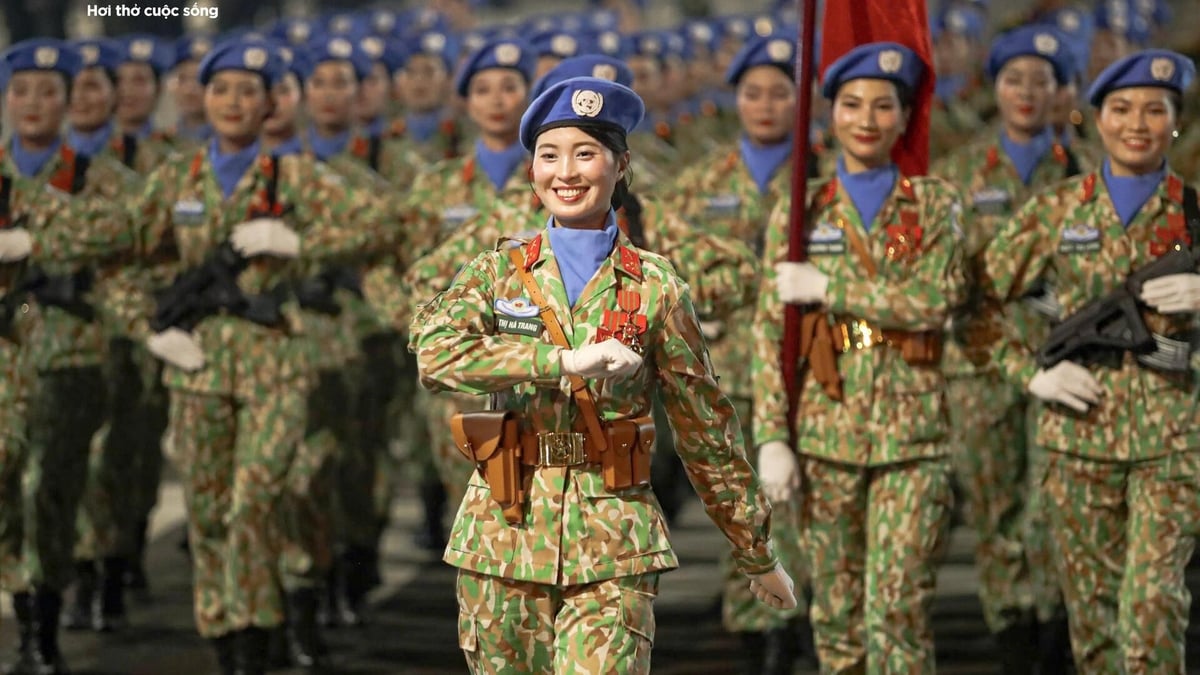


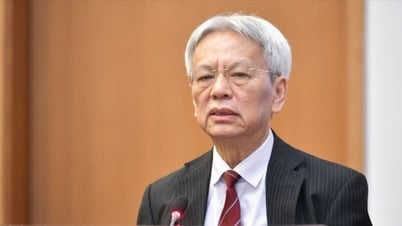
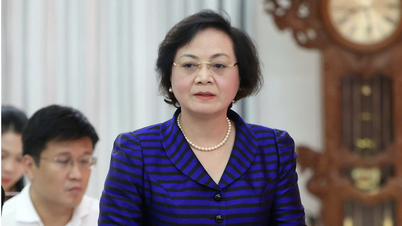




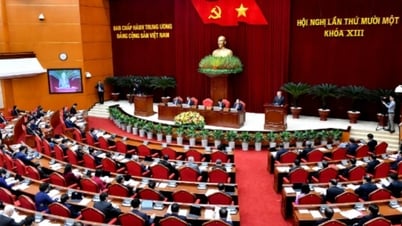


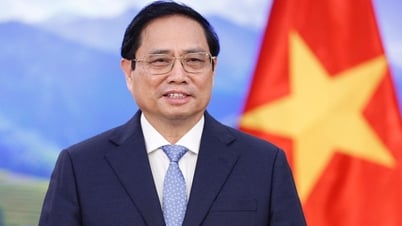


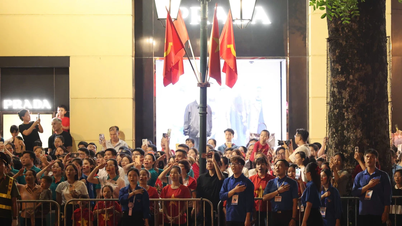

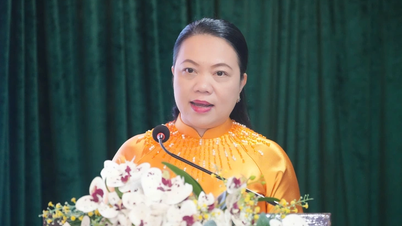
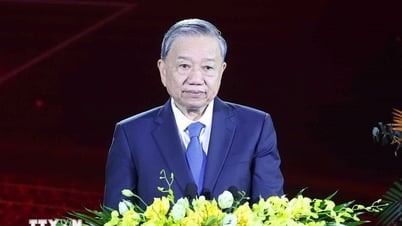











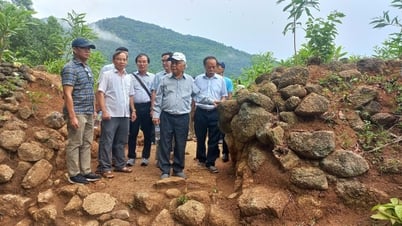

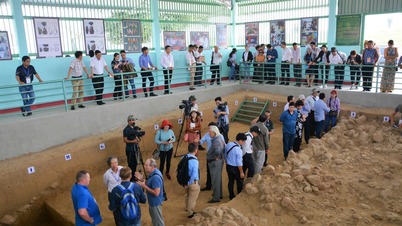

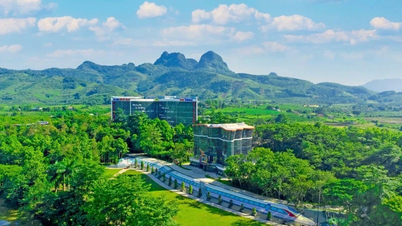


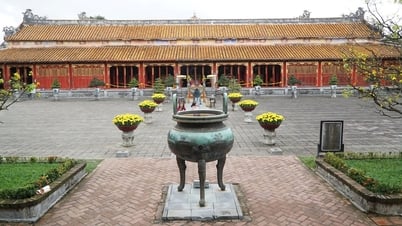







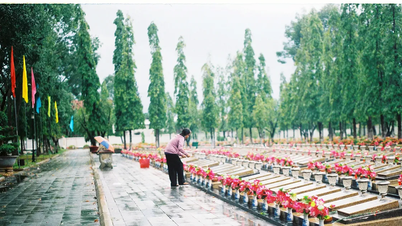








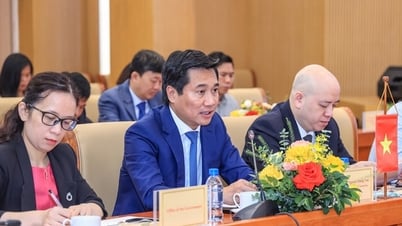

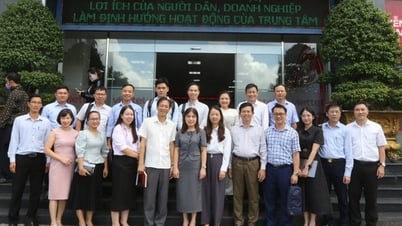



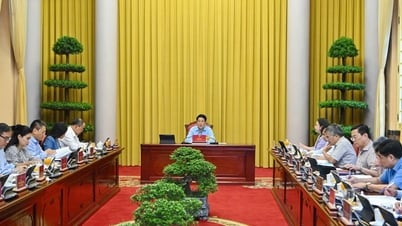

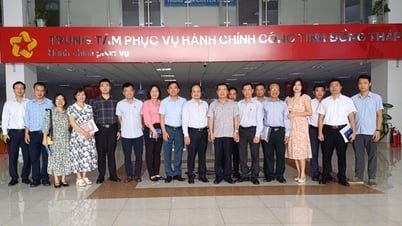
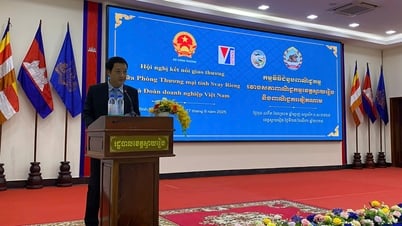
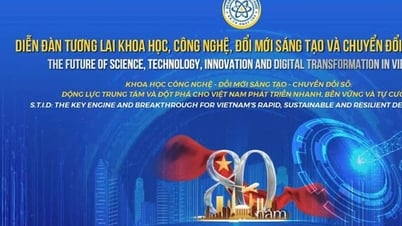




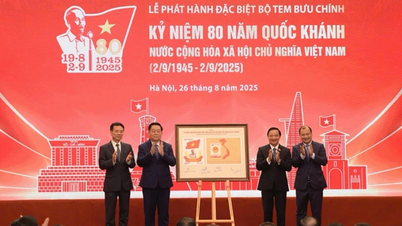

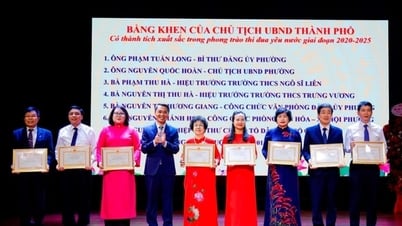


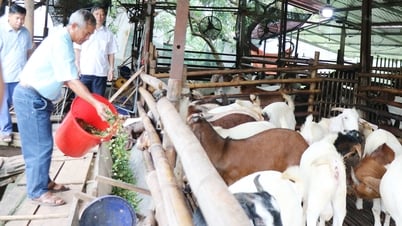

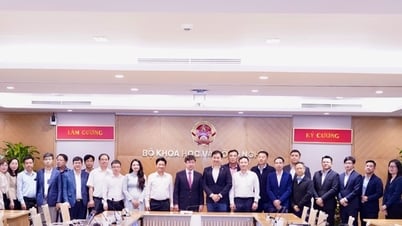











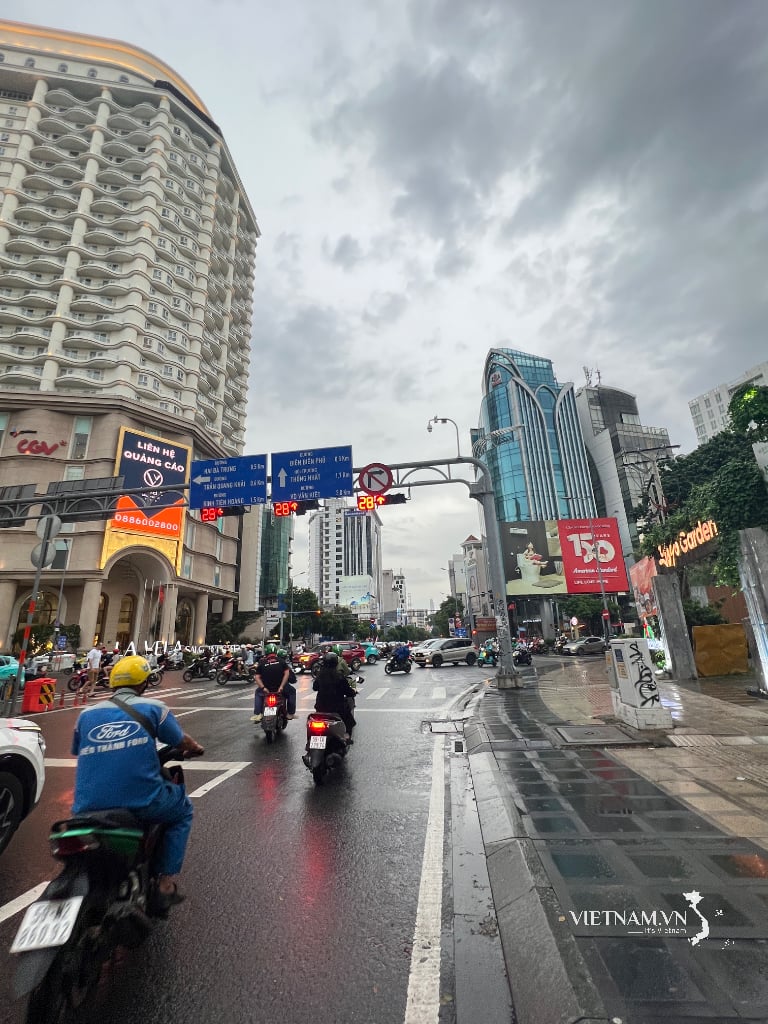


Comment (0)